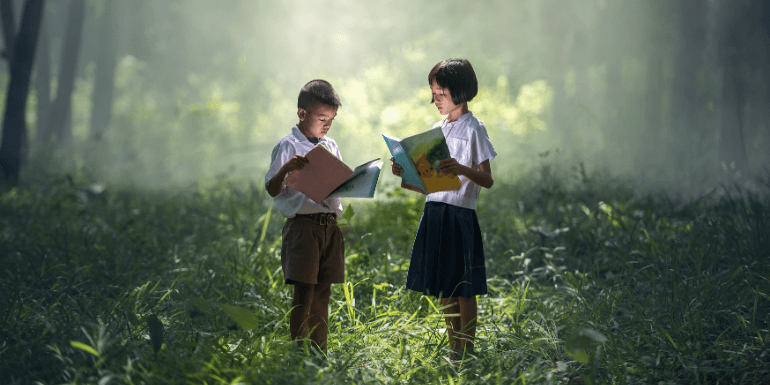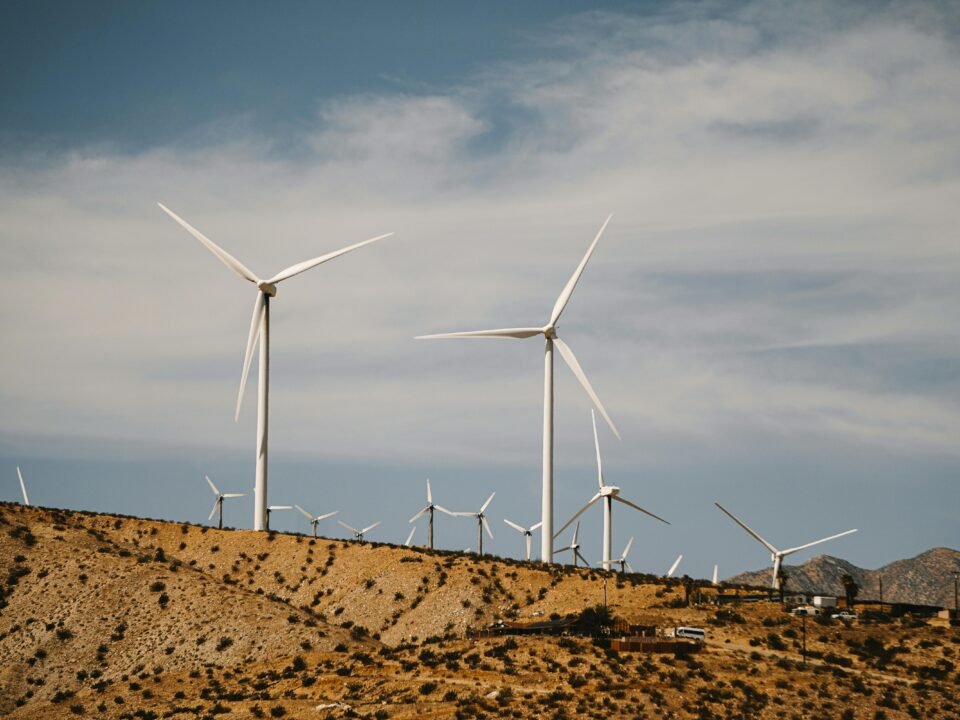Research shows that children below the age of five learn at the fastest pace and practice
what they are being taught consciously and subconsciously. They pick up habits, language
and actions from what their surroundings look like. Early childhood education plays a major
role in how the child perceives his or her surroundings. Children are much smarter than what
we believe them to be. Hence early childhood education is essential to a child’s future
success. Keeping environmental education as part of the toddler education syllabus is a
great idea. It has a number of benefits on a child’s development and future. Environmental
education can make children more empathetic and also make them slightly more conscious
of their everyday choices.
Environmental education is a bit different than English, math or history education. This is
because people, and children, interact with nature and the environment differently than they
would interact with a subject which is solely taught by a book. Children engage most with the
environment through physical interactions, from observing insects pollinating plants to
playing in a freshwater creek, as opposed to in-classroom experiences.
Environmental education for toddlers can be in class or outdoors, in the middle of nature.
Just like science is taught theoretically and in labs it’s important to provide toddlers with full
environmental education which has parts of theory and practical interaction with nature. It’s
important to engage with children regularly in unique and varying ways for environmental
education to both reinforce the idea of civic engagement for character development and
provide a vast array of opportunities to connect with nature.
Let’s look at some of the most creative ways to engage
Toddlers with environmental education this earth day-
One of the most easiest ways of connecting children and nature around them is to have an interactive session with children asking them to do simple activities that charge their brain
cells and also make them feel better aligned with nature. Simple activities like having them
identify various colours or insects or plants can make them more aware of their
surroundings. Point towards beautiful natural creations like rainbows or butterflies and make
them aware of these buy names shape and colours. Easily identifiable examples are grass
and leaves for the color green as well as birds that are red, orange and yellow.
Another activity that can be done with toddlers to educate them about environmental health
is to make them Listen to the sounds of bird calls, buzzing insects and rushing water in
nearby creeks and streams. This way they can identify natural environments sounds with
their hearing capabilities.
Children can be made to go around in parks and zoos for recognising the diversity of plants
and animals around them. This way they can relate to nature’s creations in a fun and
interactive way.




